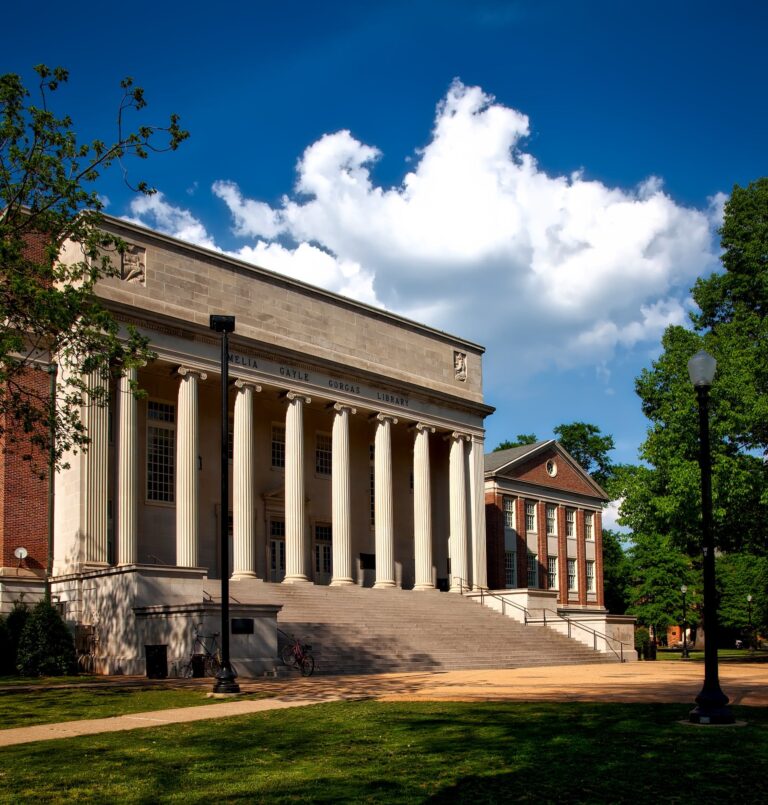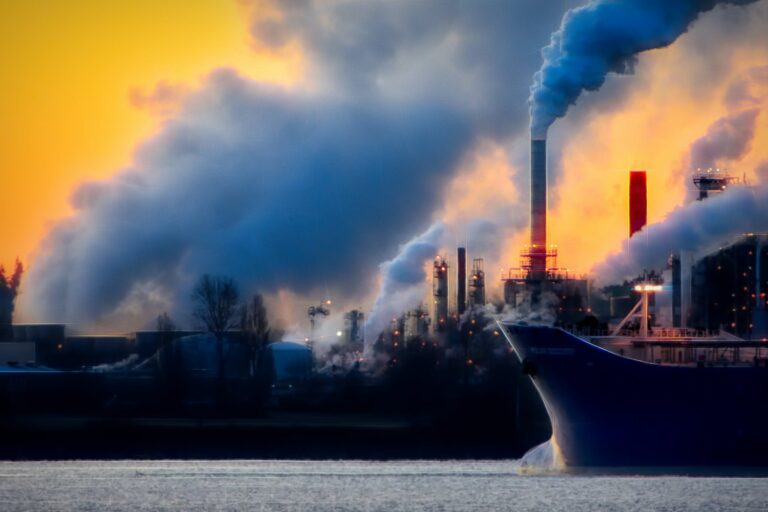The latest campus trend? Beer pong is out, replaced by newfangled heating and cooling.

If you have, or had, kids at college — and you aren’t rich enough for it not to matter or not poor enough to get financial aid — you will know the pain of sky-high higher education fees.
Where does the money go? No doubt the usual bloated bureaucracies and overwrought prestige projects that come with price elasticity play a big part.
MORE ON COLLEGES: This Is What College Activists Want From Universities In 2022
MORE ON BOOZING: Why Climate Change Is Bad For Your Drinking
But now we have some good news — for those worried about global warming, at least — as to where some of that money is being spent: to build environmentally friendly heating and cooling systems.
In particular, several dozen colleges and universities are installing, or have installed, a system known as geoexchange, in which pipelines are dug deep underground to heat and cool their buildings, something that will lessen the need for carbon-spewing technologies.
Here’s how it works: At Princeton University, for example, more than 2,000 boreholes are being dug deep underground that, during hot months, will draw heat from campus buildings and then be stored until colder times, when the heat will be pumped back up again, according to The New York Times.
“This moment is singular,” Ted Borer, the appropriately named director of energy plants at the school, told the outlet. “This is when we’re switching to something that doesn’t require combustion.”
Lindsey Olsen, associate vice president and senior mechanical engineer at Salas O’Brien, a technical engineering firm, said the number of similar campus projects the company is working on has grown from two or three five years ago to 20 and 30 projects now. “It really feels like it is doubling every year,” Olsen told The Times. “For institutions in the northern climate that have heating demands, geothermal is one of the most economically viable technologies for producing low carbon heating.”
Among the colleges where geoexchange or geothermal systems are being tested, installed or are in use, the paper reported, are Smith, Ball State University, Carleton, Oberlin, Dartmouth, Mount Holyoke and William & Mary. Meanwhile, Cornell University has dug a two-mile test geothermal borehole at its main campus, and is using geoexchange at one of its buildings on Roosevelt Island in New York City’s East River. In addition, Brown University drilled test boreholes to gauge heat conductivity this past fall, and Columbia University secured a special state mining permit to drill an 800-foot test bore on its New York City campus.
They all get an A+.
More from ClimateCrisis 247
- Wake-Up call? 30 Million People Could Die Each Year From Climate Change, study says
- It took a lot of balls to bring you this story about microplastics Making a home in Men’s testicles
- Microsoft in new Scope 3 bid as AI emissions soar
- For banks, transparency sets the tone






